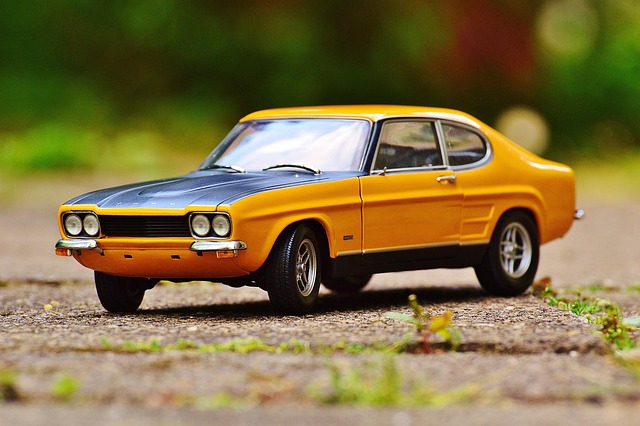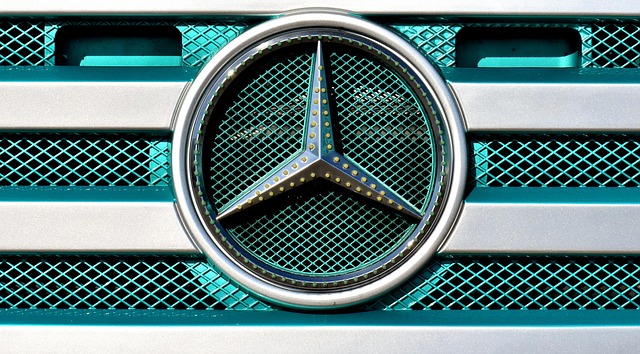Learn how to register a car in California with our step-by-step guide. Before visiting your local DMV, understand the state’s requirements for vehicle registration, gather essential documents, and prepare for the dmv vin verification process. This article walks you through each step, from preparing necessary paperwork to receiving your California registration certificate, ensuring a smooth and efficient experience.
- Understand California Car Registration Requirements
- Gather Necessary Documents for DMV Visit
- Perform Vehicle Identification Number (VIN) Verification
- Complete Application and Payment Process at DMV
- Receive Your California Registration Certificate
Understand California Car Registration Requirements

Before registering your car in California, it’s crucial to understand the state’s specific requirements. The California Department of Motor Vehicles (DMV) mandates that all vehicles operated on public roads be properly registered and have passed a safety inspection. This includes a DMV vin verification process, where the unique vehicle identification number (VIN) is checked against state records to ensure it matches the reported information and doesn’t have any outstanding issues like theft or outstanding loans.
In addition to this vin inspection, you’ll need to provide current registration from another state, proof of insurance, and pay the applicable registration fees. A mobile vin verifier can be a convenient option for those looking to streamline the process, as it allows for on-site VIN scanning and documentation verification.
Gather Necessary Documents for DMV Visit

Before visiting your local California DMV (Department of Motor Vehicles), ensure you have all the required documents for a smooth registration process. The key documents include your vehicle’s title, proof of insurance, and identification such as a driver’s license or state-issued ID card. Additionally, the DMV will require a completed Vehicle Registration Application form, which can be obtained online or in person.
A crucial step before heading to the DMV is to undergo a vin inspection. This involves verifying your vehicle’s unique identifier, known as the Vehicle Identification Number (VIN), which can be located on the dashboard near the driver’s side door or on the engine block. You can opt for a traditional visit or utilize services like mobile vin inspection and vin inspection performed by professional verifiers to save time and effort.
Perform Vehicle Identification Number (VIN) Verification

Before registering your car in California, performing a Vehicle Identification Number (VIN) verification is a crucial step. This process involves checking the VIN against the records held by the Department of Motor Vehicles (DMV) to ensure it matches the vehicle’s actual make, model, and year. You can complete this task through various methods, including using a mobile vin verifier or scheduling an inspection at a designated location.
A mobile vin verification service is particularly convenient as it allows you to conduct the check from almost anywhere, saving time and effort. Alternatively, you can visit a DMV office for a more traditional vin inspection. Either way, ensuring that your vehicle’s VIN aligns with official records is essential to avoid any registration issues or potential fraudulent activities associated with the car’s history.
Complete Application and Payment Process at DMV

To register your car in California, you’ll need to complete a simple yet important process at the Department of Motor Vehicles (DMV). Start by gathering all necessary documents, including proof of ownership, insurance, and identification. Then, fill out Form MV-5, which is the Application for Title and Registration. This form requires detailed information about your vehicle, such as make, model, year, and unique Vehicle Identification Number (VIN).
Once your application is complete, you’ll need to pay the registration fees. California offers several payment options, including cash, credit card, or check. After submitting your application and making the payment, the DMV will conduct a VIN verification process to ensure the vehicle’s authenticity. You can facilitate this through a mobile vin inspection or using a trusted mobile vin verifier to streamline the entire registration process.
Receive Your California Registration Certificate

After completing your vehicle’s registration application at the DMV, the next step is to receive your California Registration Certificate. This official document confirms that your car is legally registered and ready for road use in the state of California. It typically arrives by mail within a few weeks after submission.
The certificate includes essential details such as your vehicle’s make, model, year, and unique Vehicle Identification Number (VIN). Ensure accurate VIN verification through a trusted mobile vin verifier to confirm these details. This process is crucial for maintaining compliance with California’s vehicle registration regulations, which often involve additional verifications to prevent fraud and ensure safety standards.
Registering a car in California involves understanding specific requirements, gathering essential documents, and completing a straightforward process at the Department of Motor Vehicles (DMV). After performing a Vehicle Identification Number (VIN) verification to ensure the vehicle’s authenticity, you can fill out an application, make the necessary payments, and obtain your California registration certificate. This efficient system allows you to legally operate your vehicle in the state while adhering to vital regulations.
